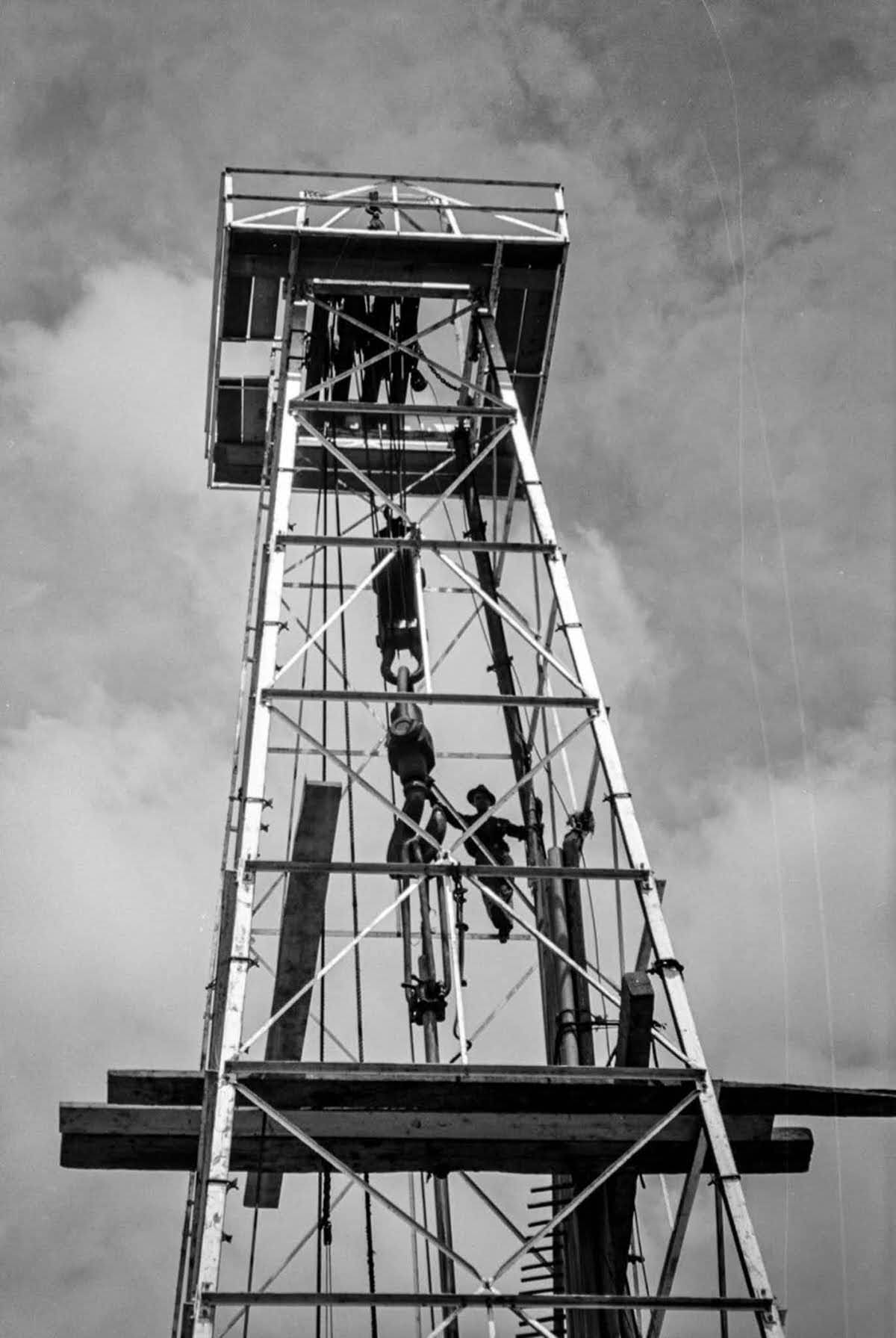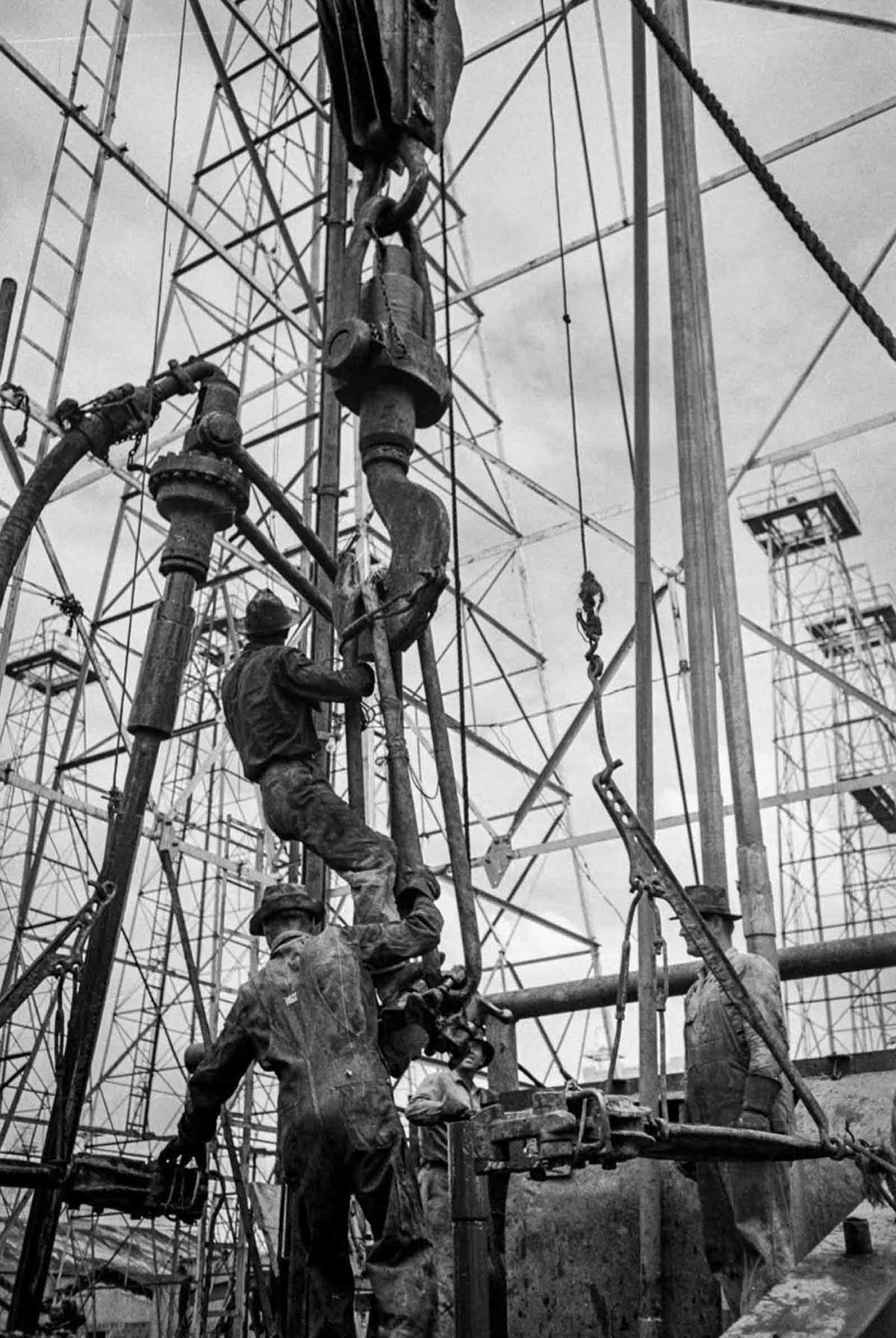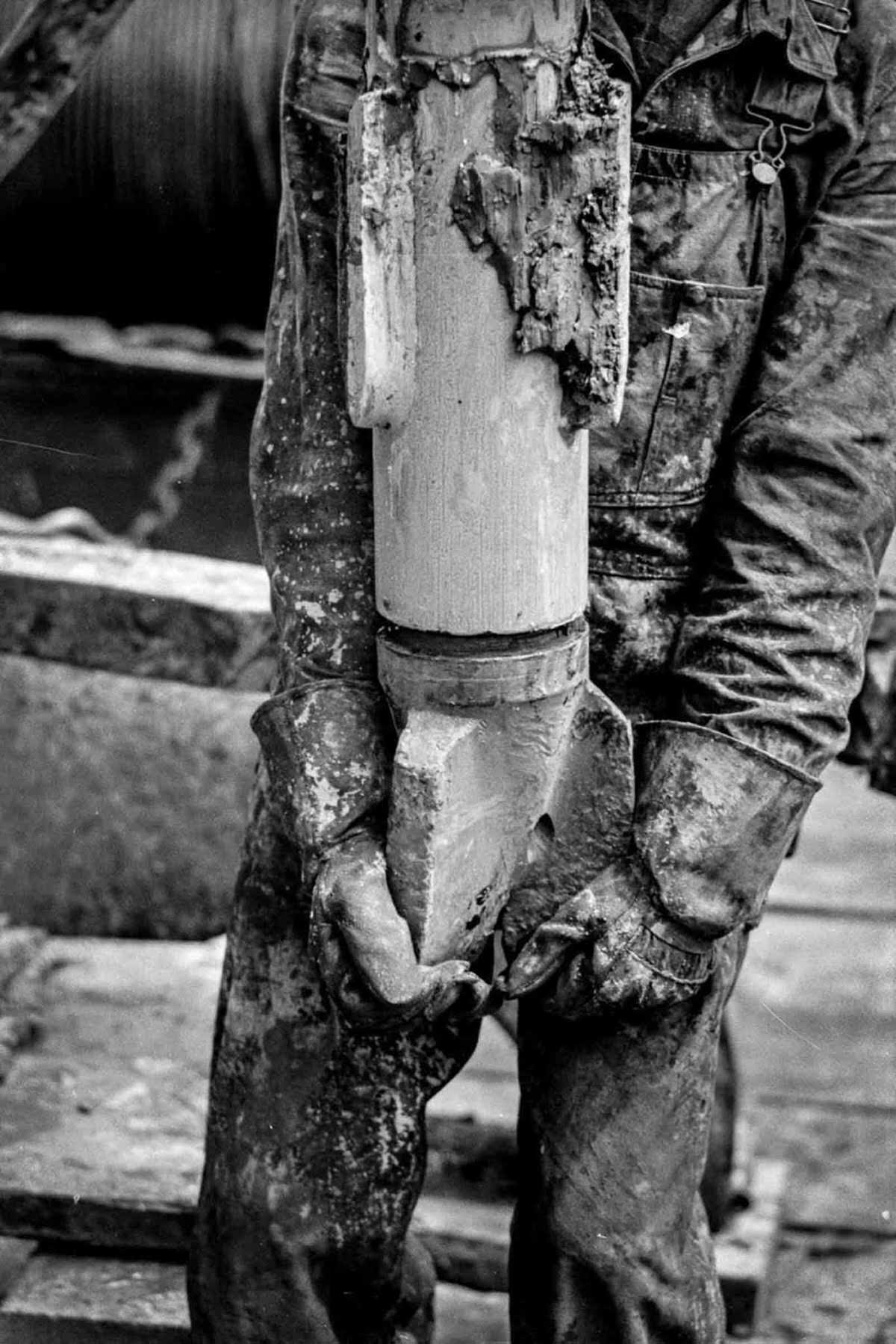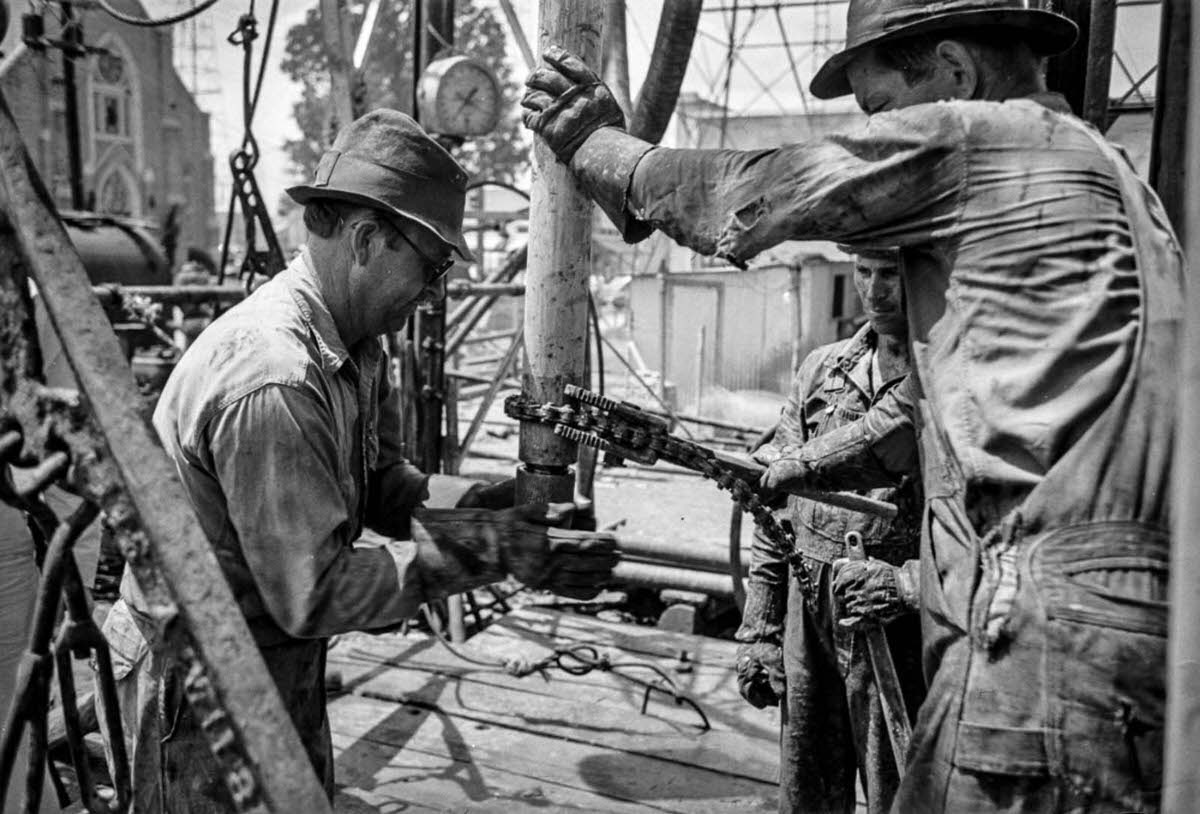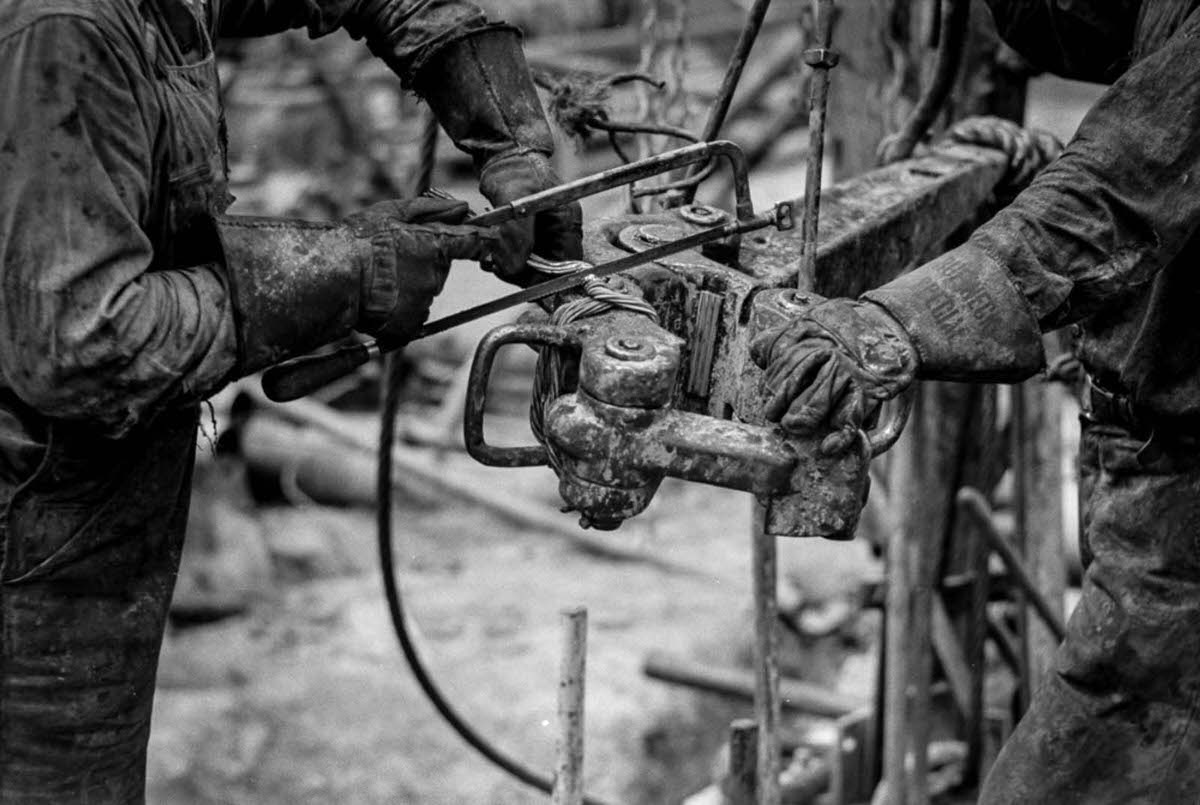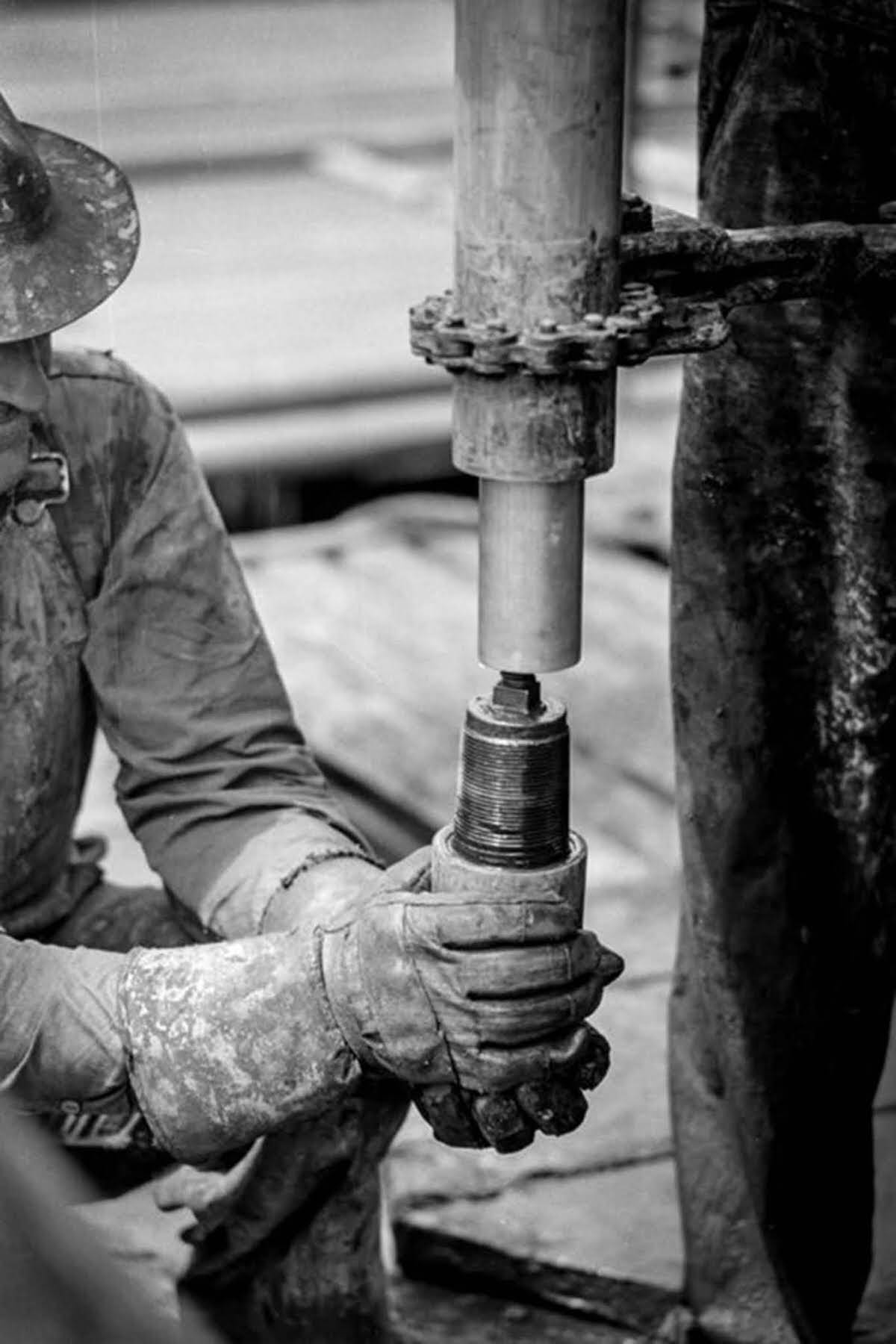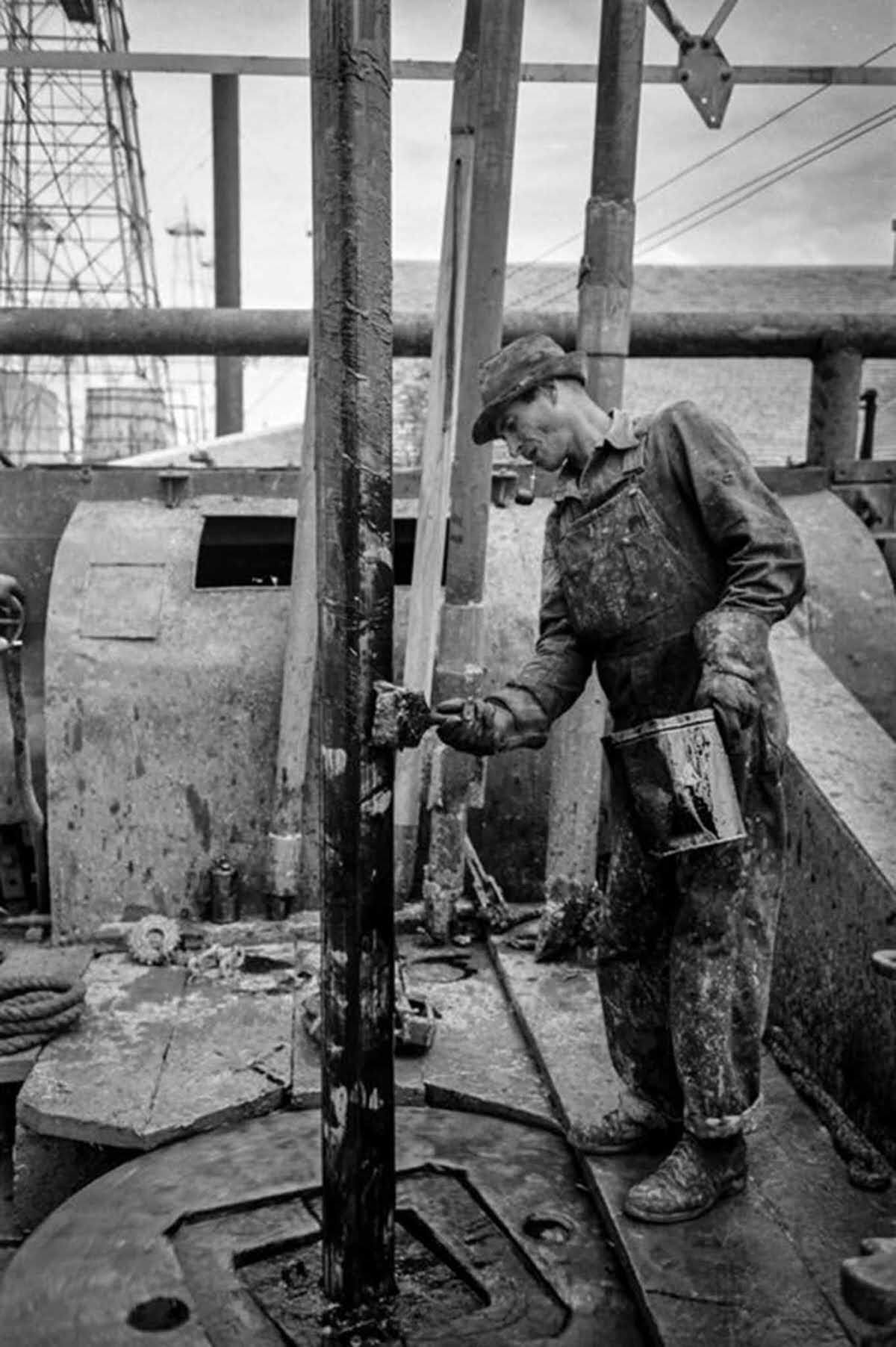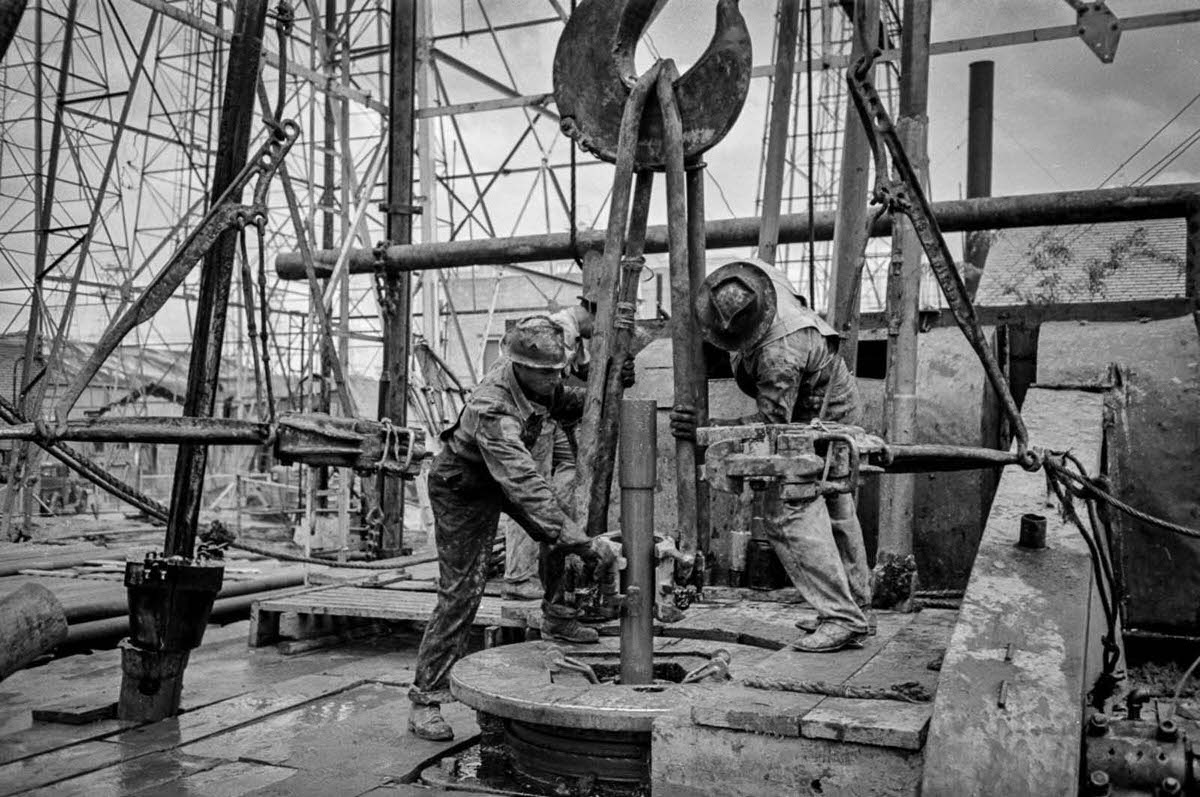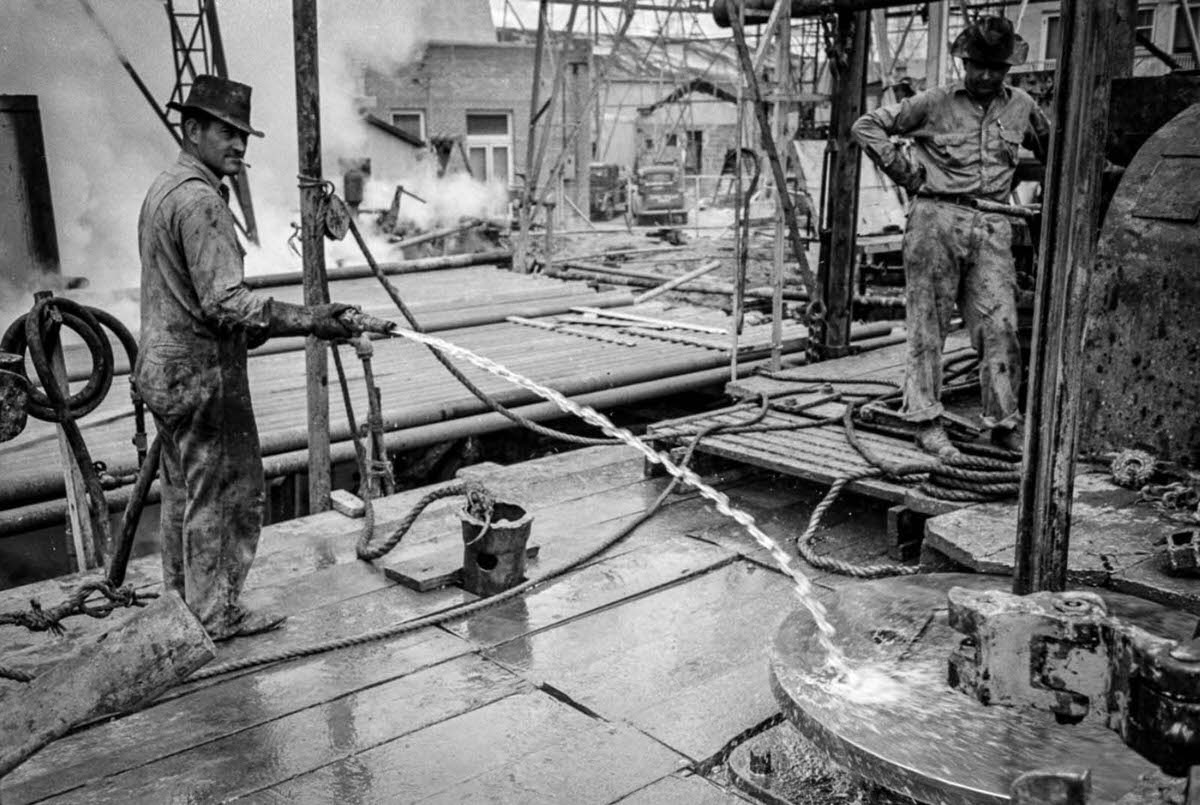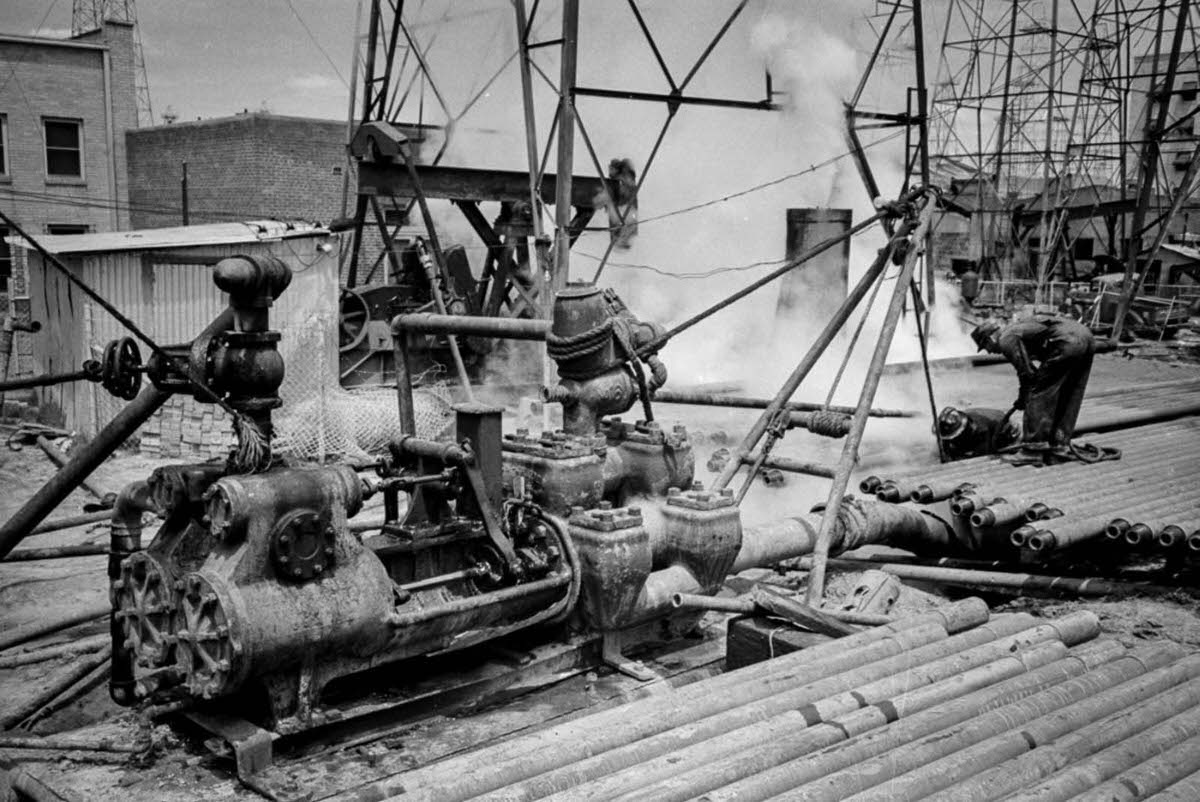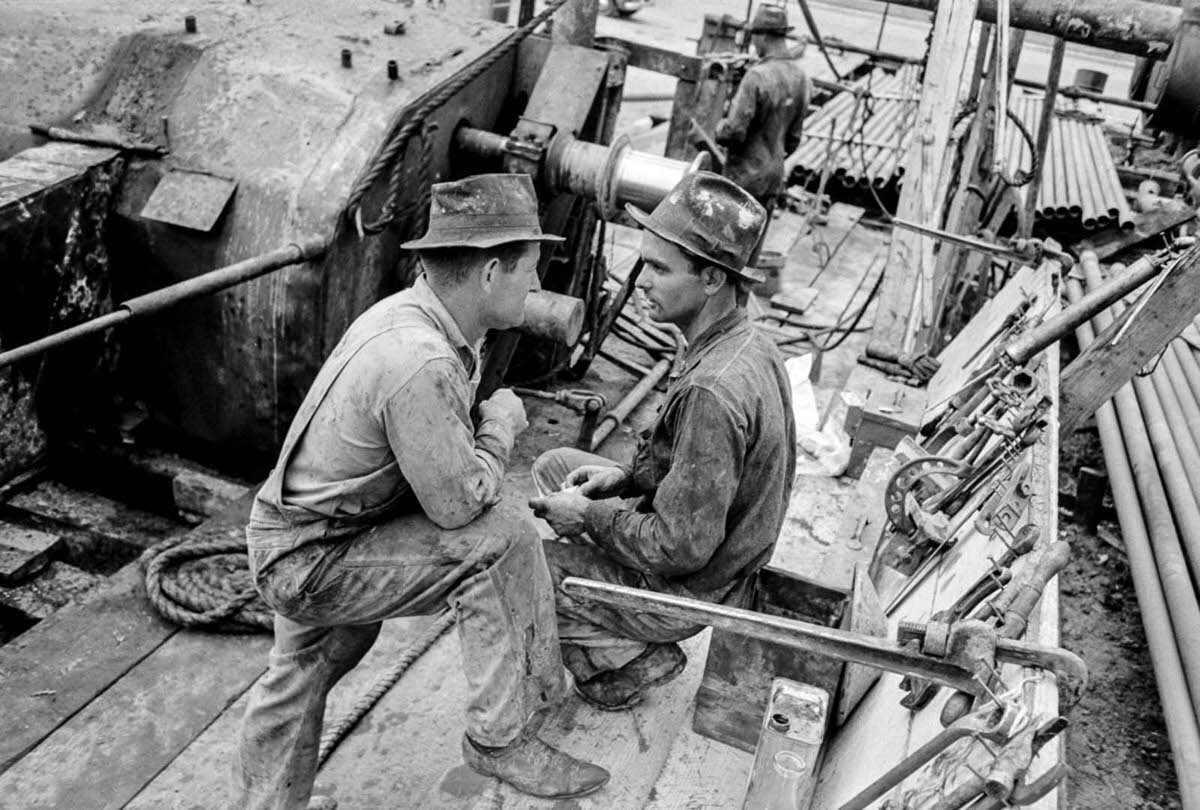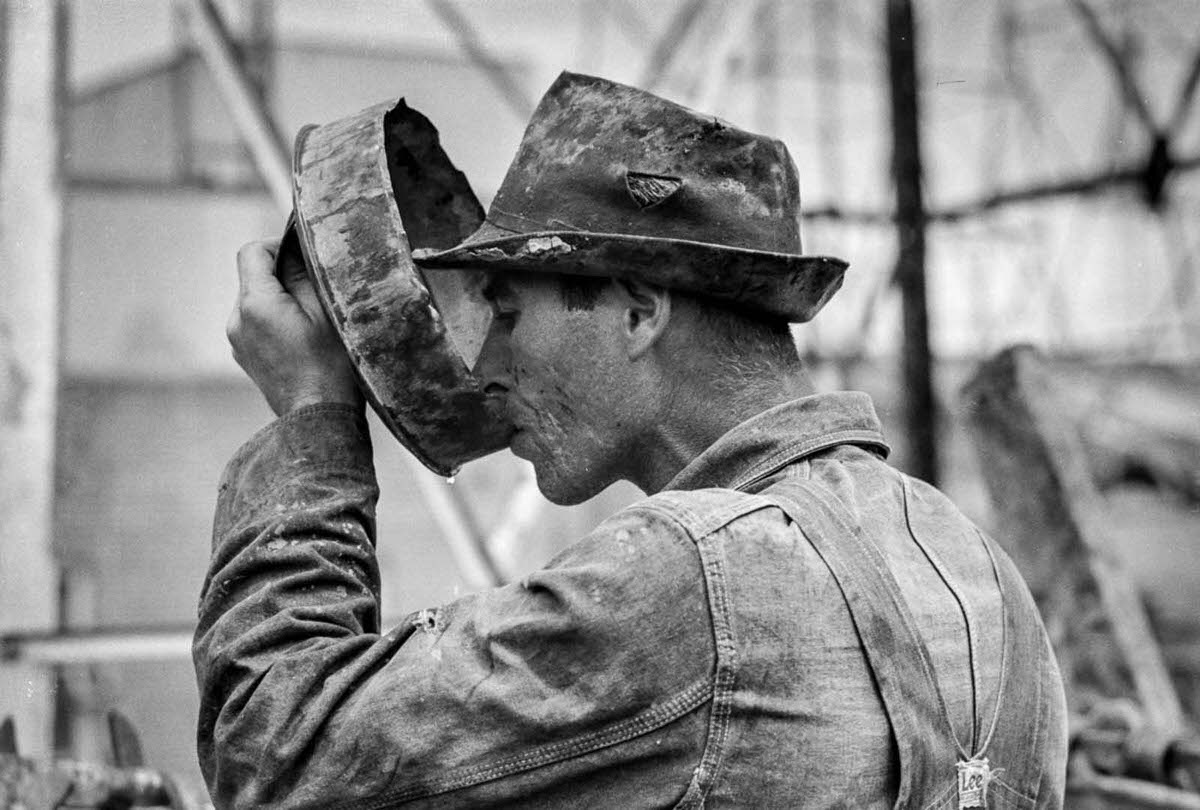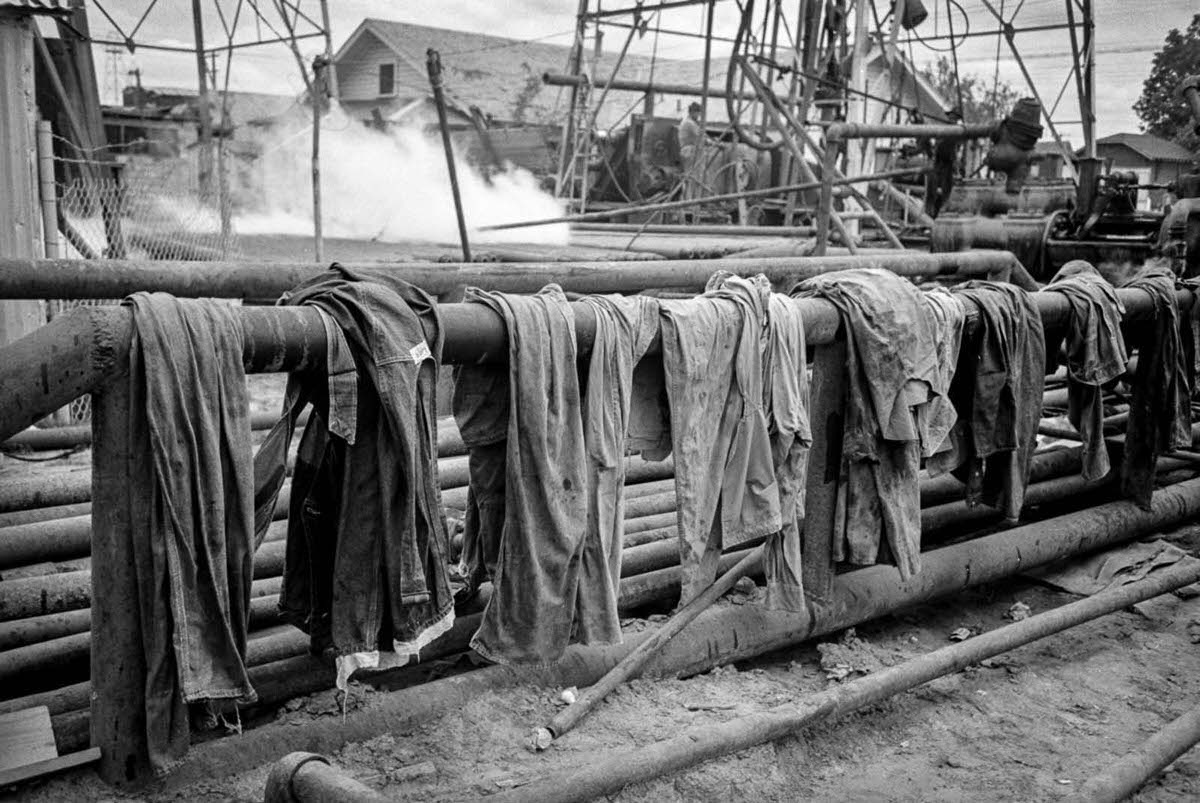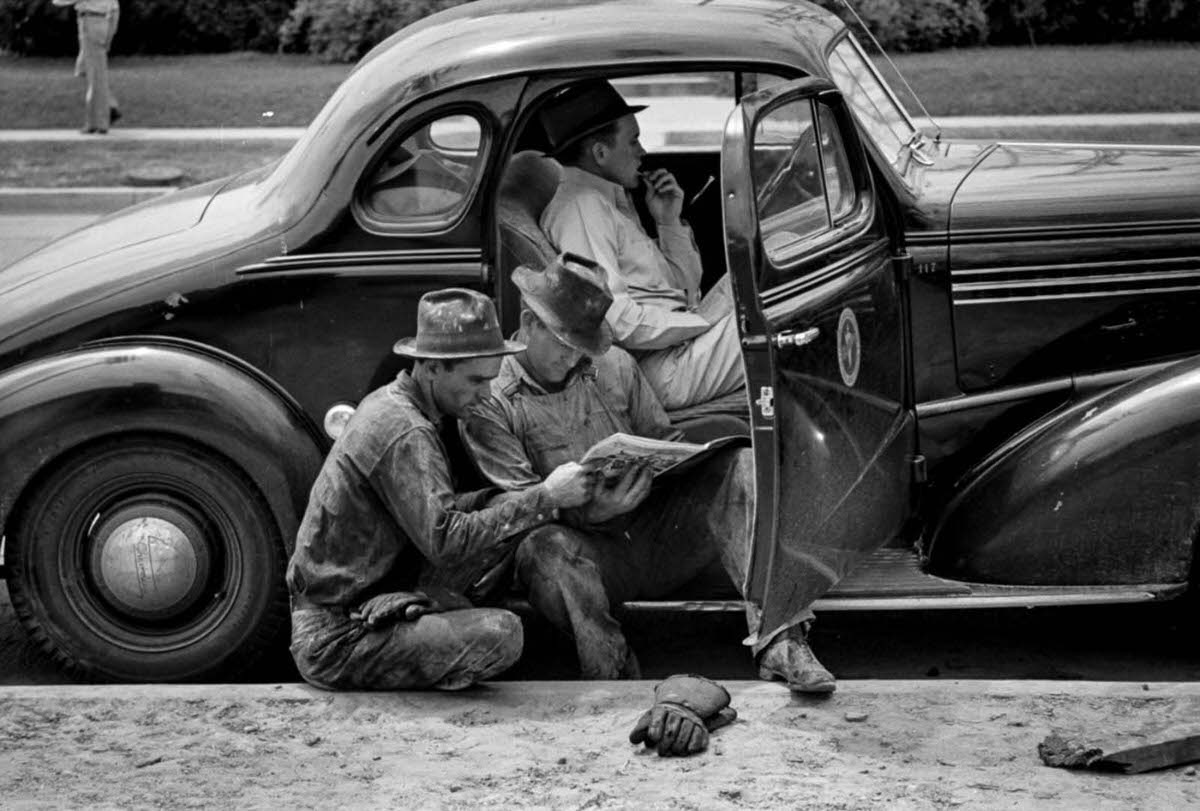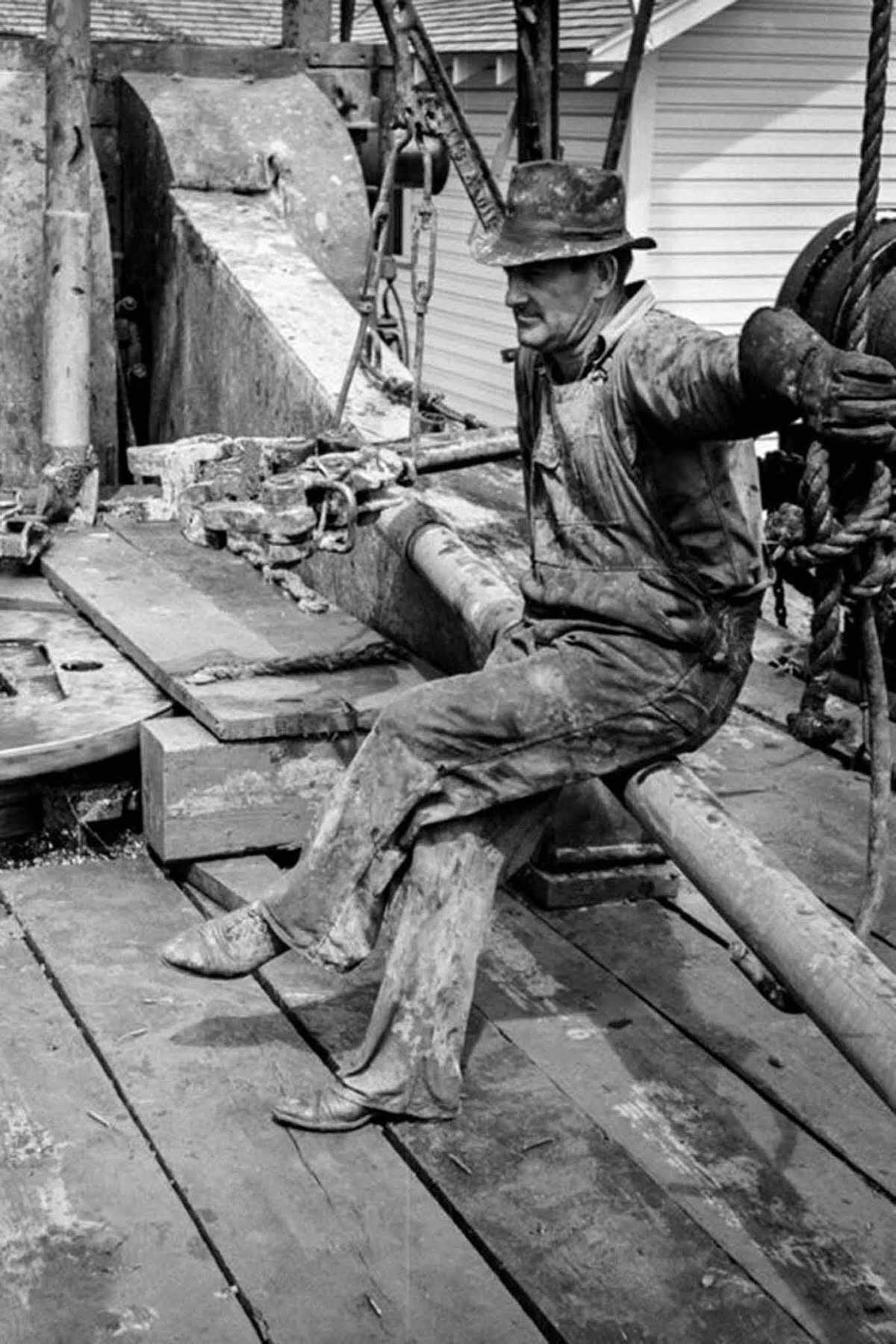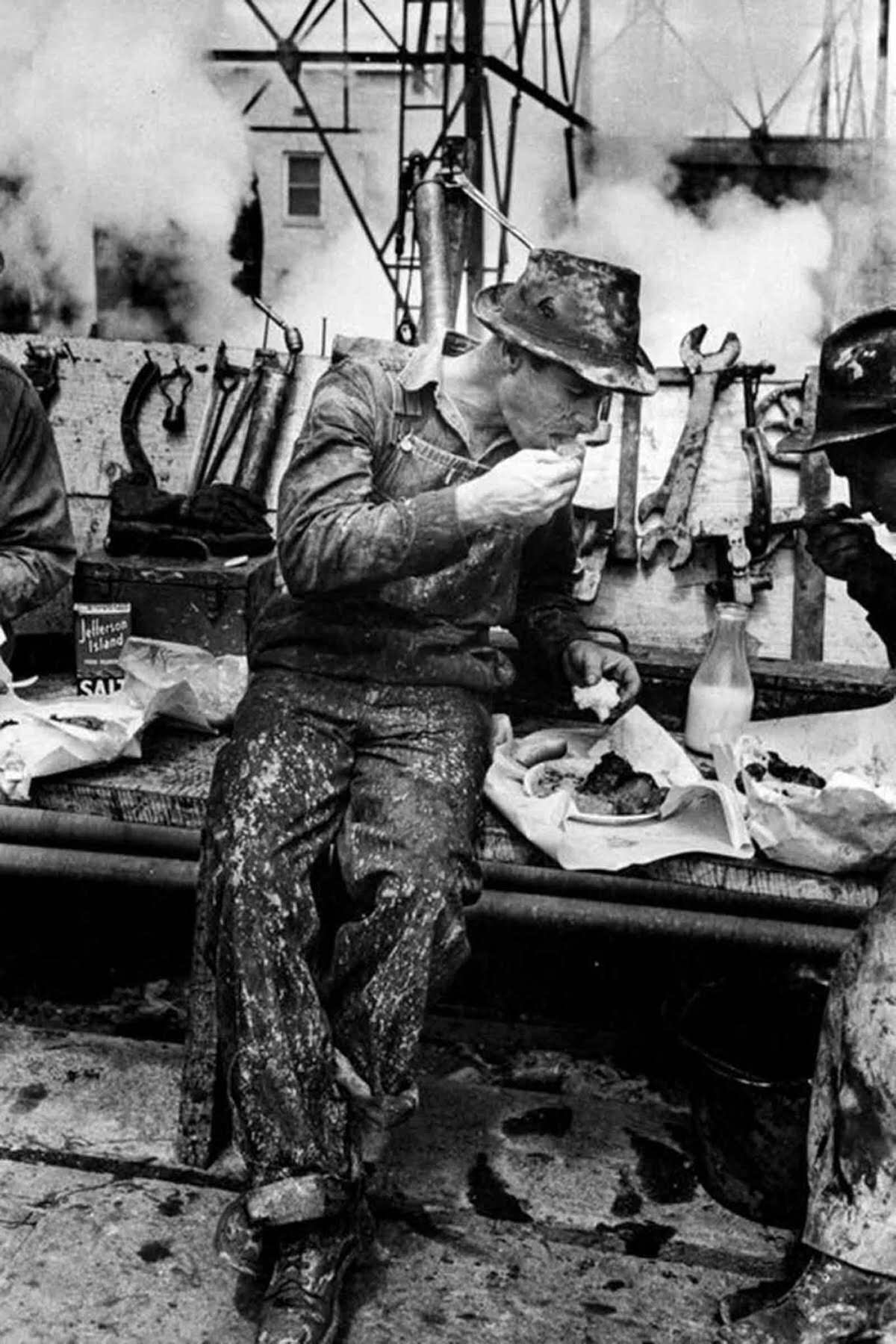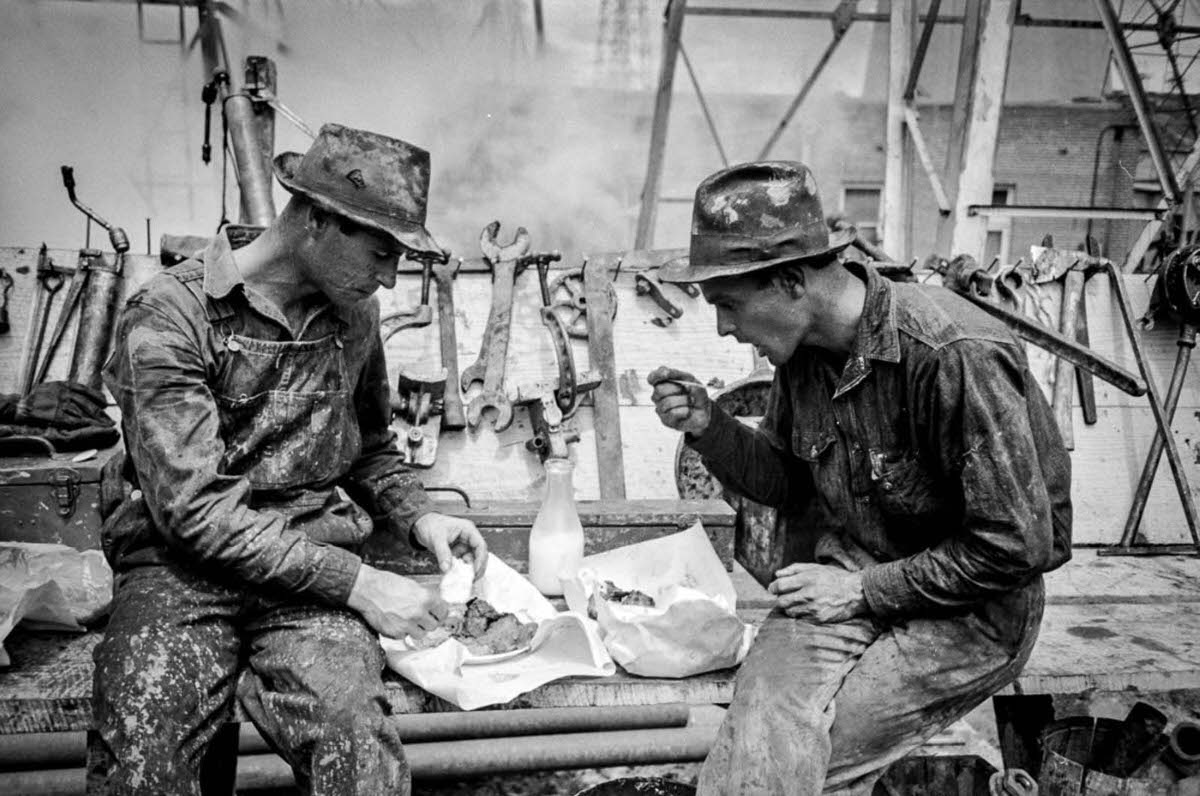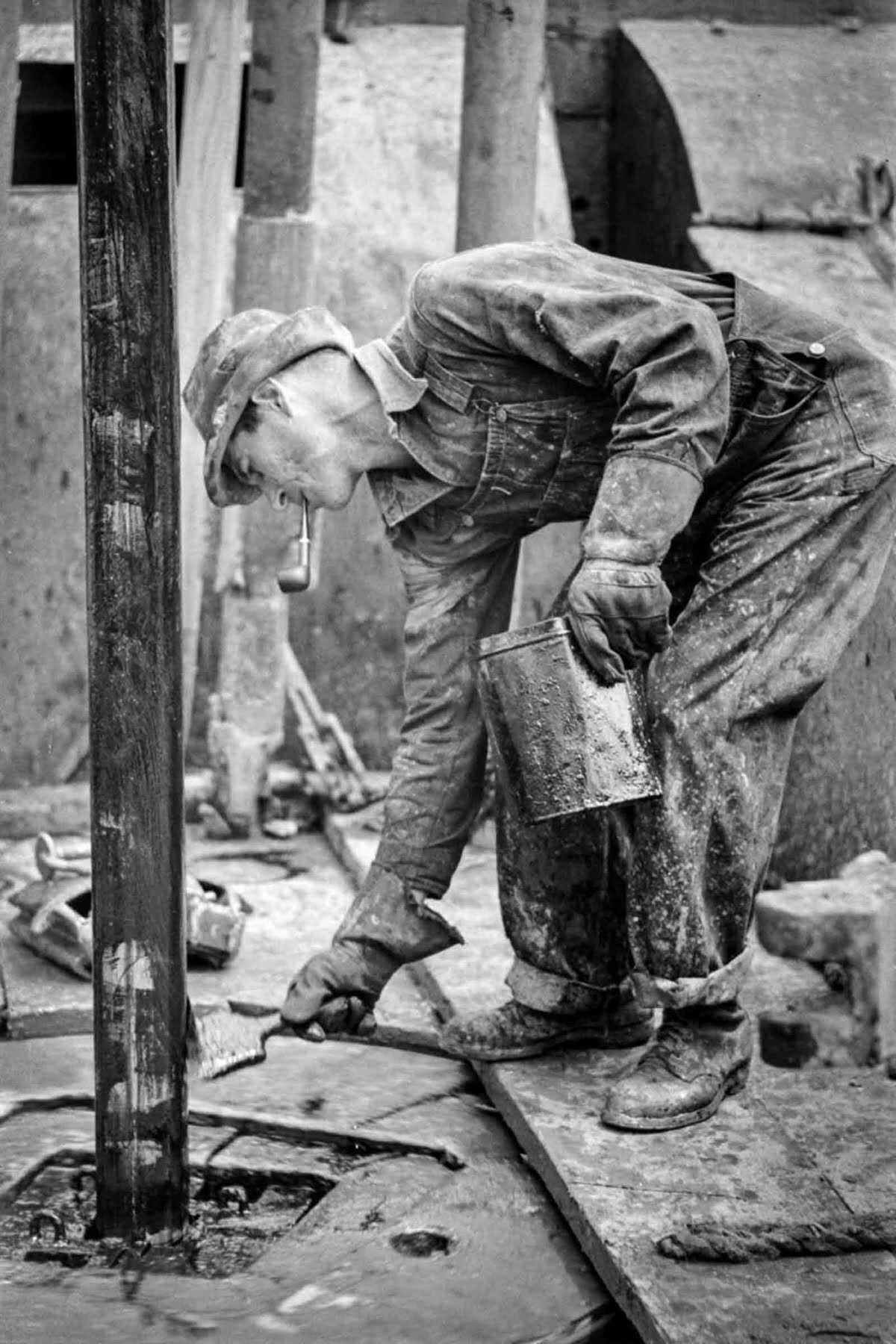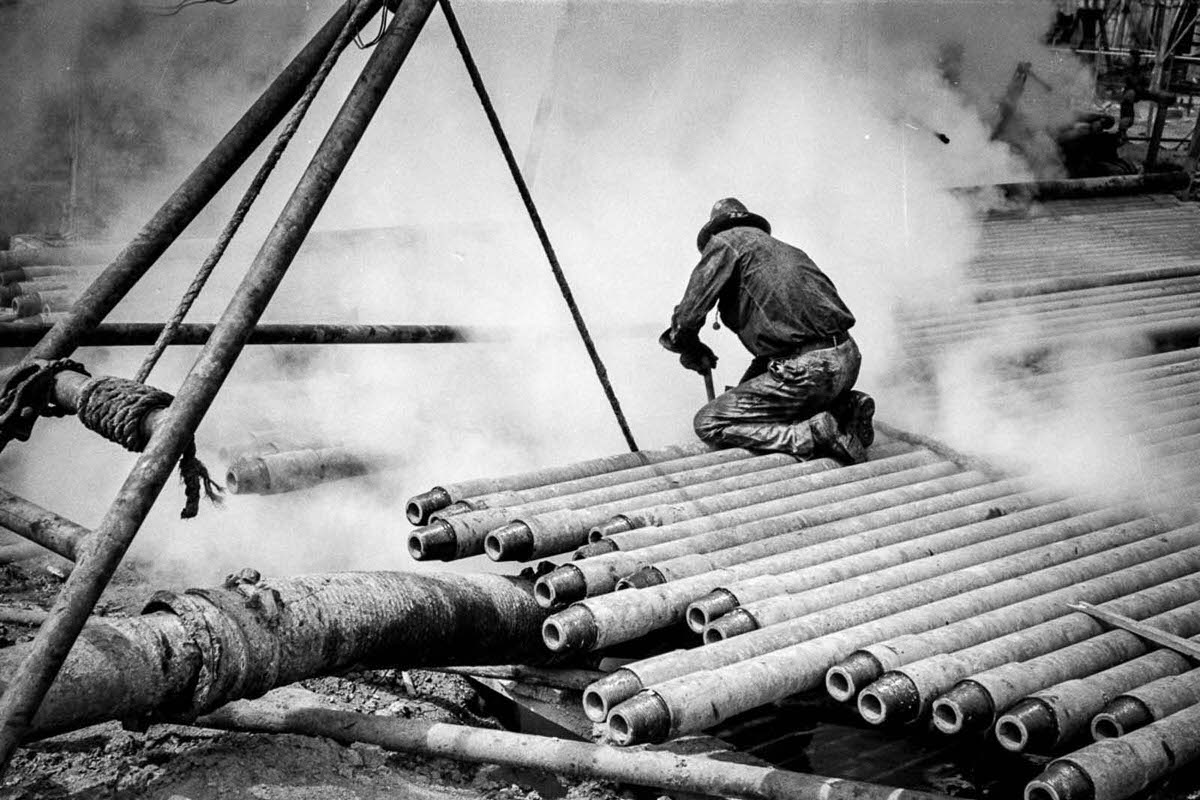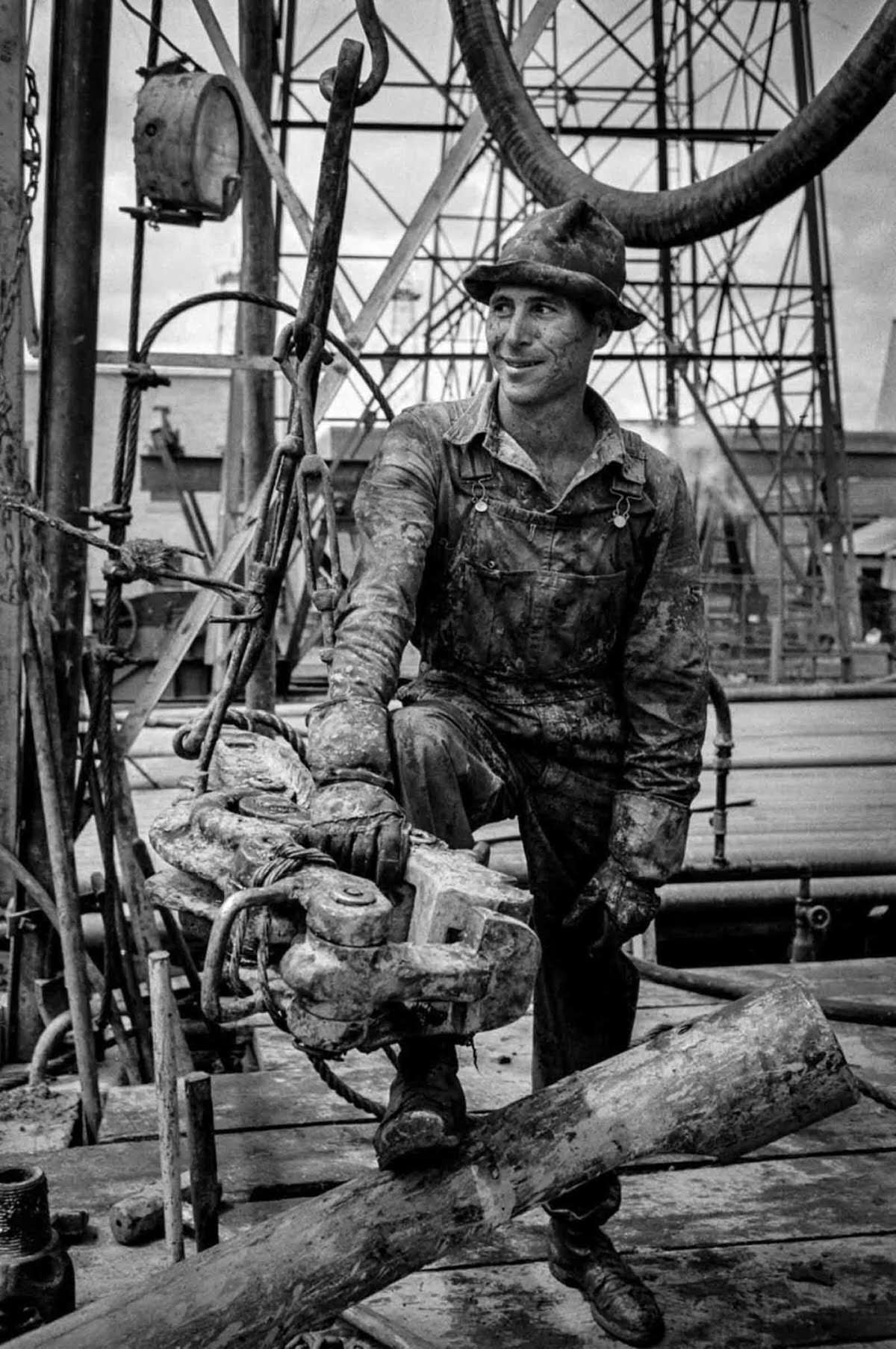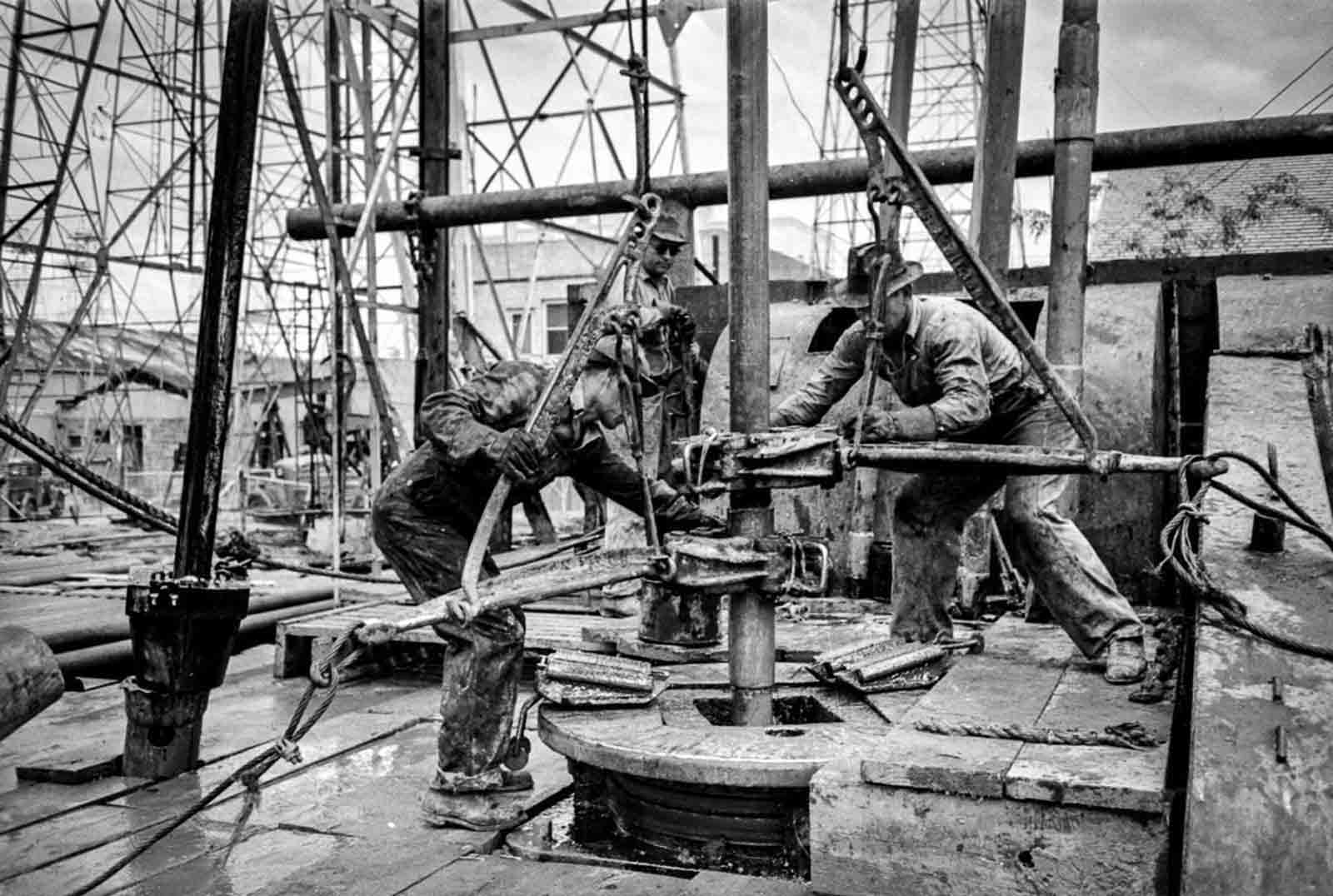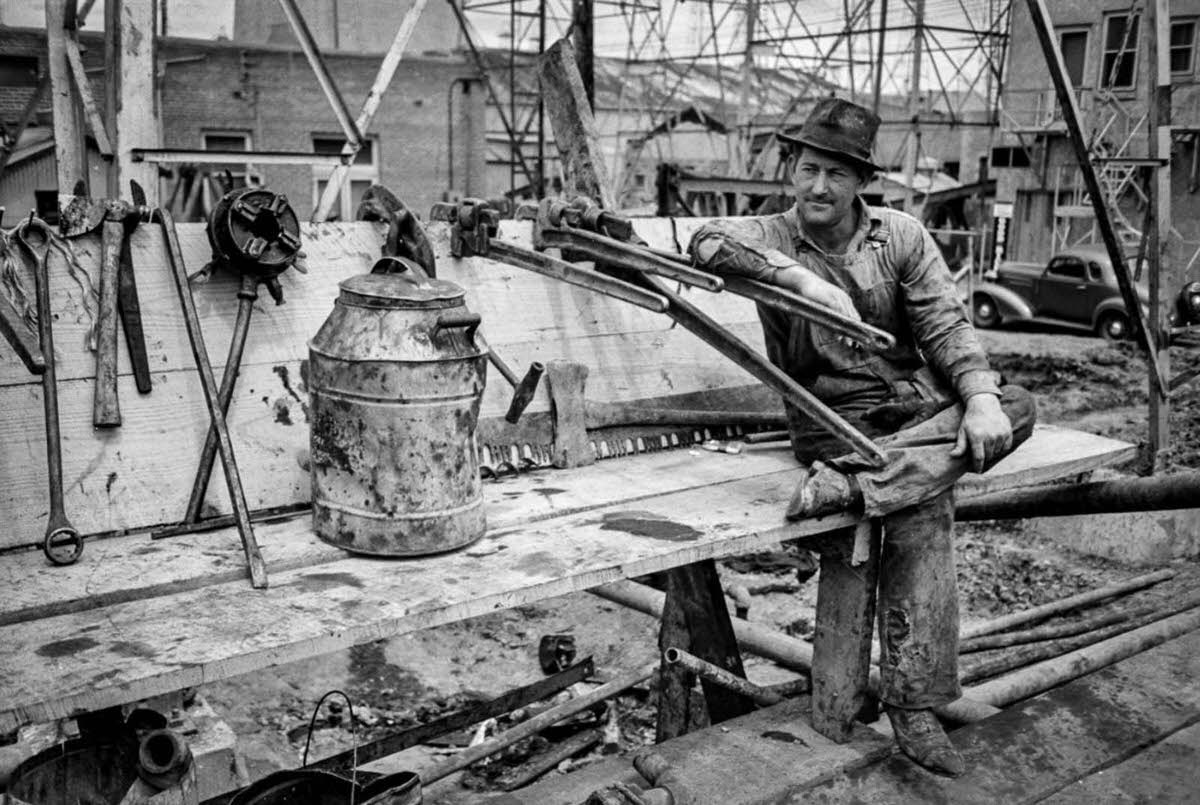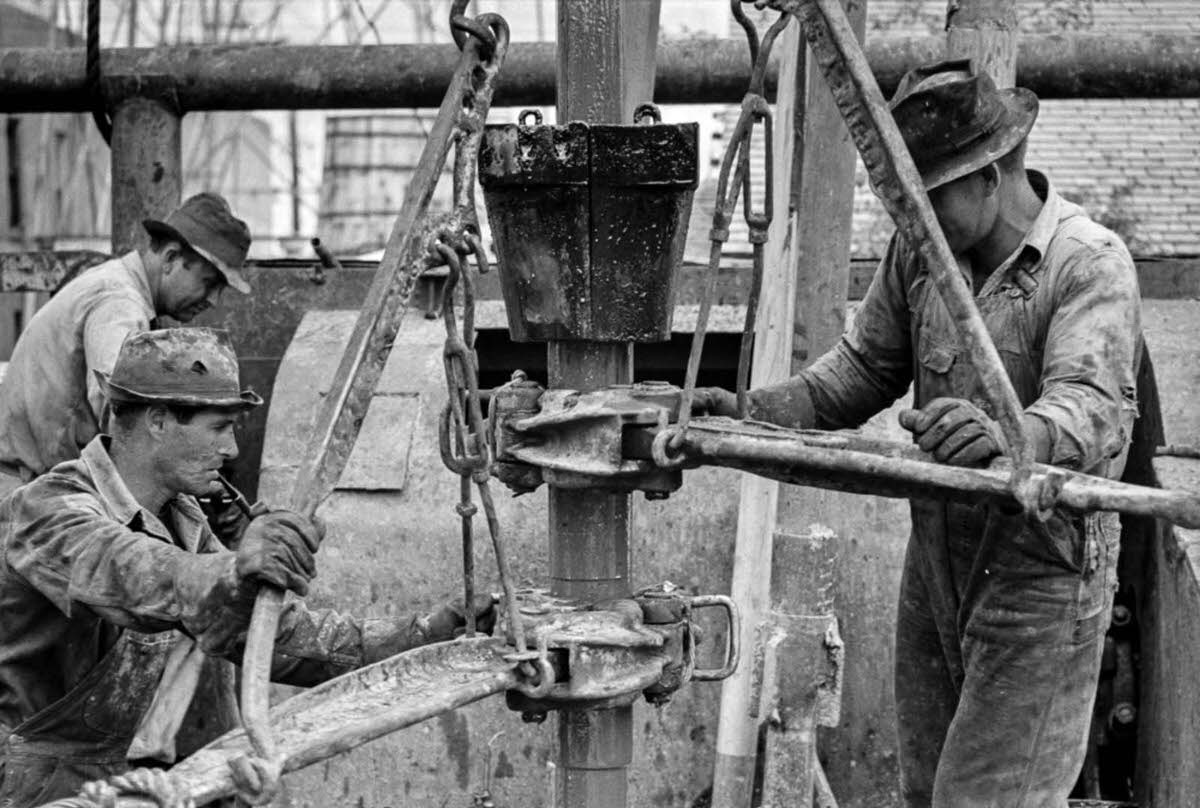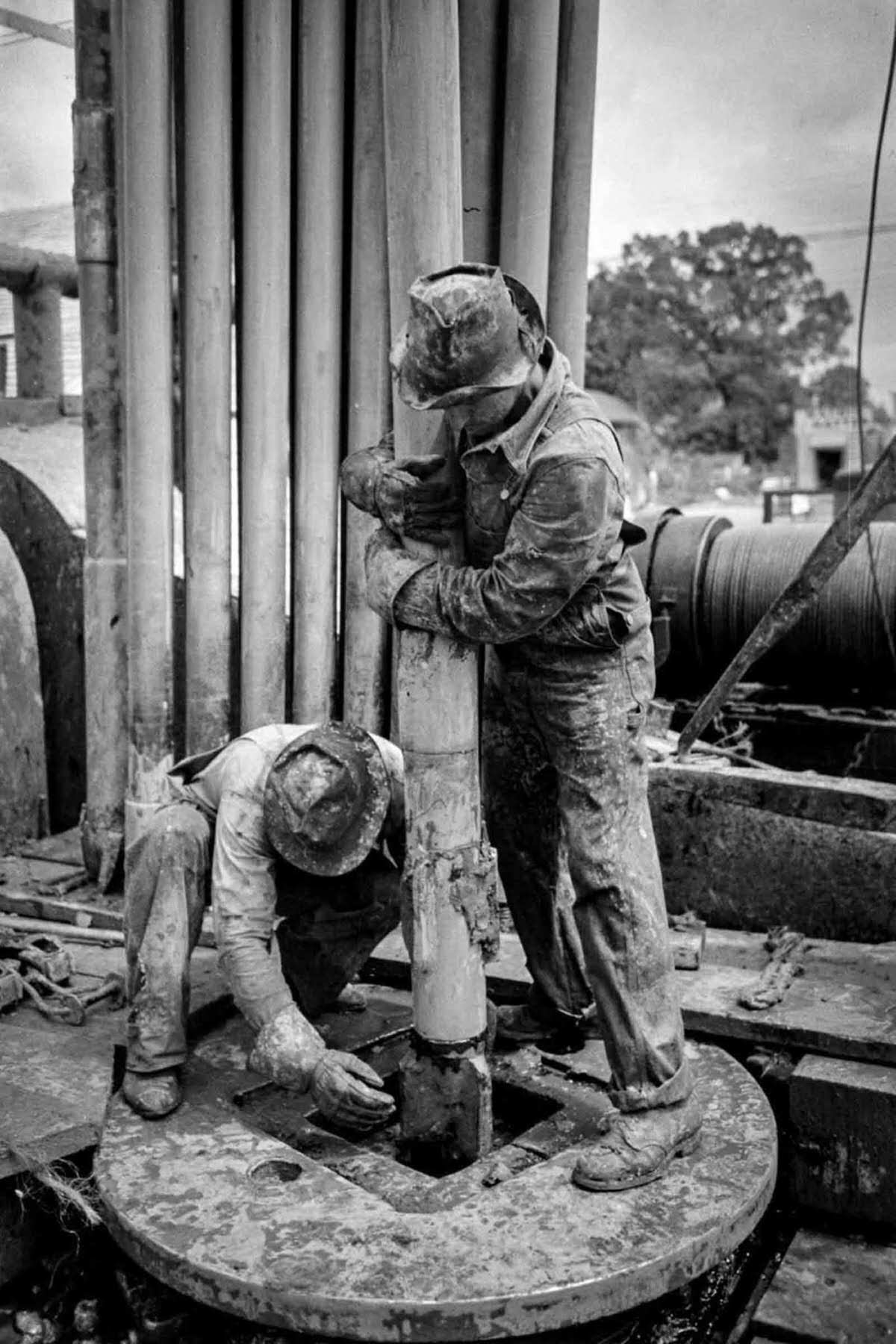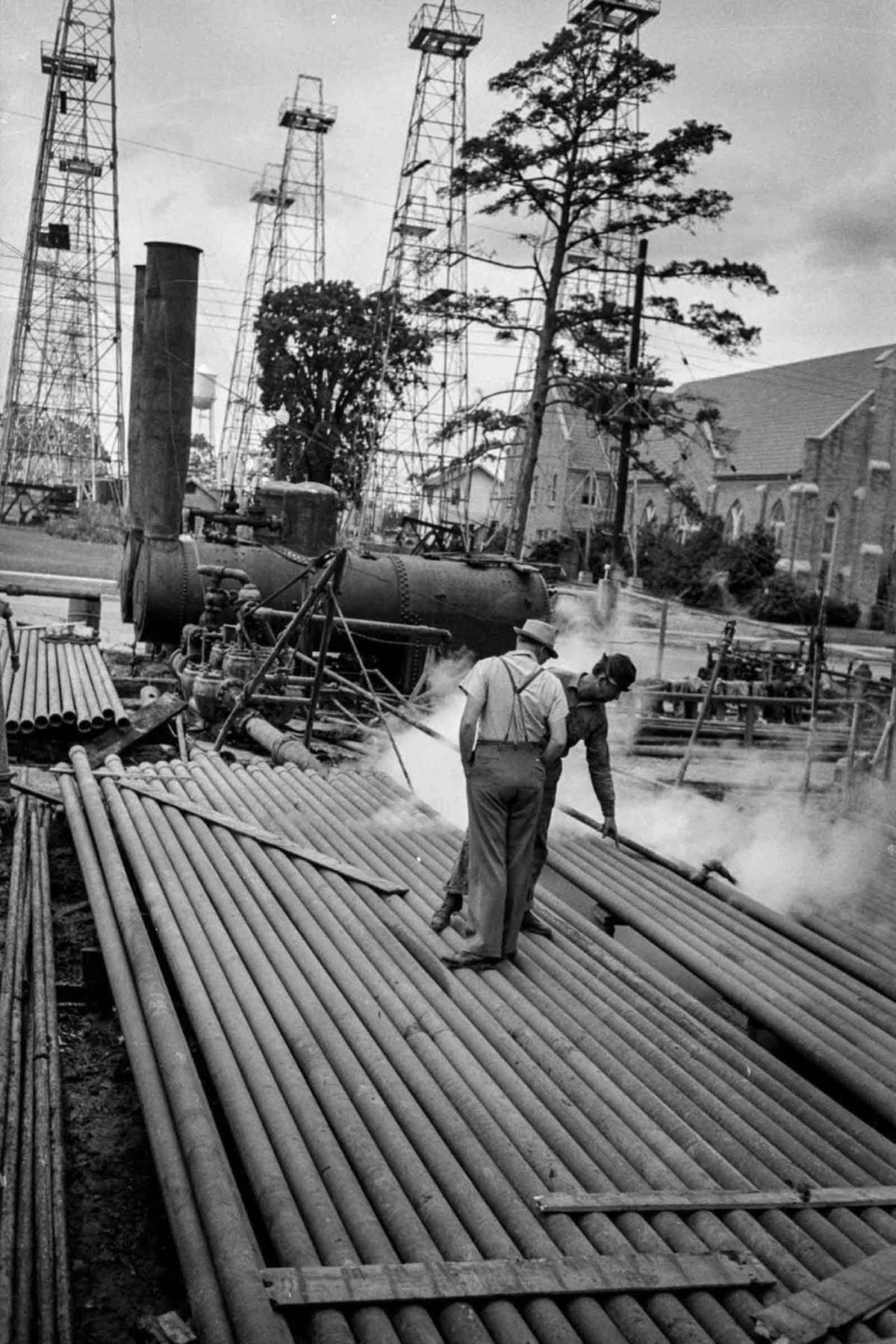On October 3, 1930, Columbus Marion Joiner, also known as Dad Joiner, discovered the East Texas field. It was the largest petroleum deposit found at that time during the Great Depression. The discovery revealed the vastness of the fields as hundreds of small operators began their unconventional development. Unlike the earlier oil fields such as Yates or Big Lake, controlled by one or few operators, East Texas had no plan and no governor.
Many landlords craved their holdings into small mineral leases that could be measured in feet and offered them to the highest bidders. Kilgore county became the center of the boom. Several wells were drilled in this town in the yards of homes and derrick legs. One city block in Kilgore contained forty-four wells. The rule of capture was applied, and all the independent operators tried to drill as quickly as possible to prevent neighboring producers from sucking up their oil. In 1889 Pennsylvania Supreme Court decision gave oil ownership to the one who captured it, even if part of that oil migrated from an adjoining lease.
Overall, East Texas Oil Field covers 140,000 acres and parts of five counties and has 30,340 historic and active oil wells. It is the second-largest oil field in the United States outside Alaska and first in the total volume of oil recovered since its discovery in 1930. Over 5.42 billion barrels of oil have been produced from it to date.


